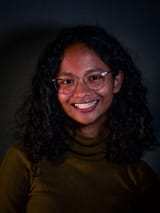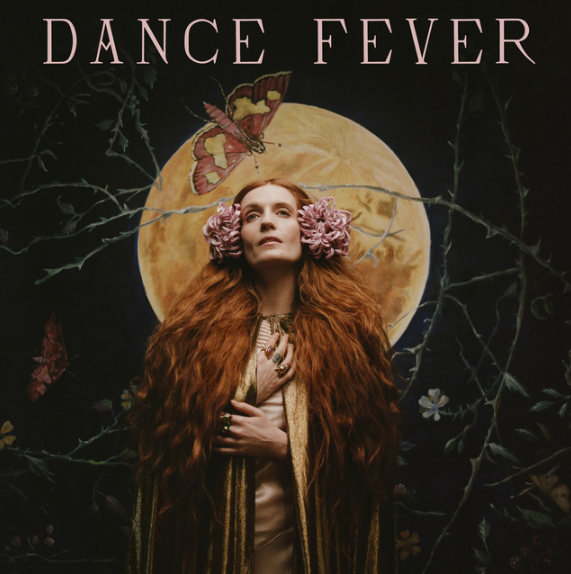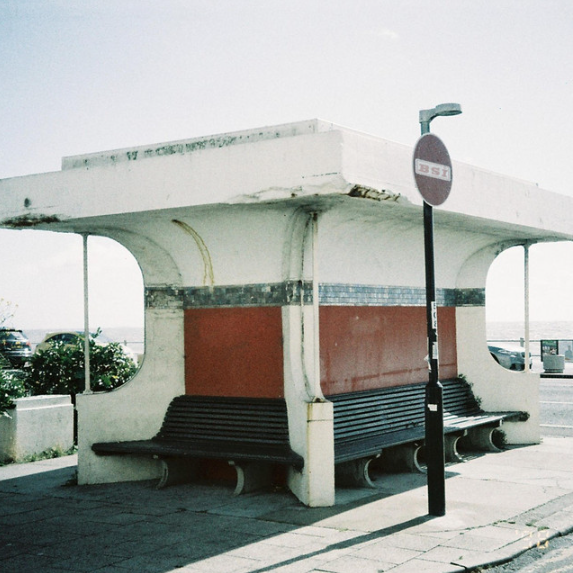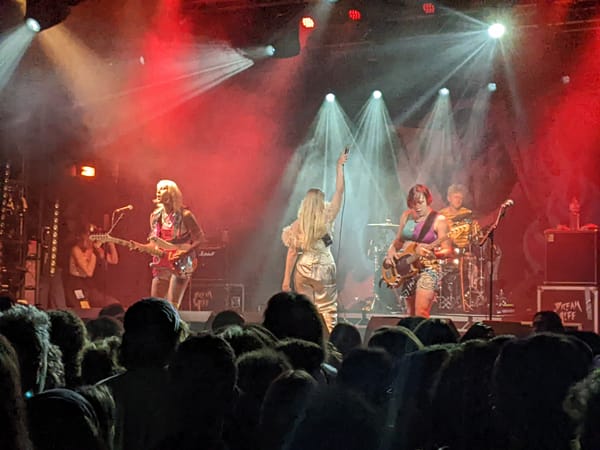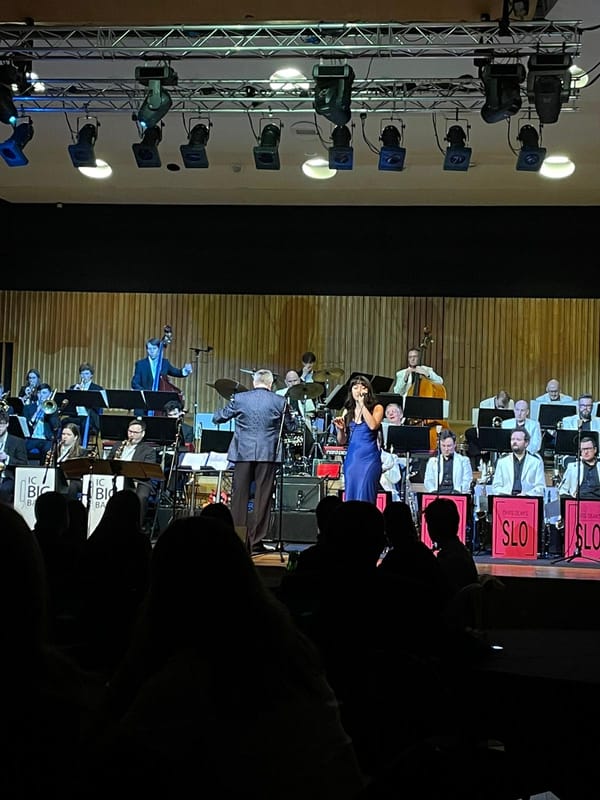A Dreamscape: Alt-J Live at the O2
The Leeds trio invite the audience to a light and sound trip allowing a peek into their relationship with the music they produce.
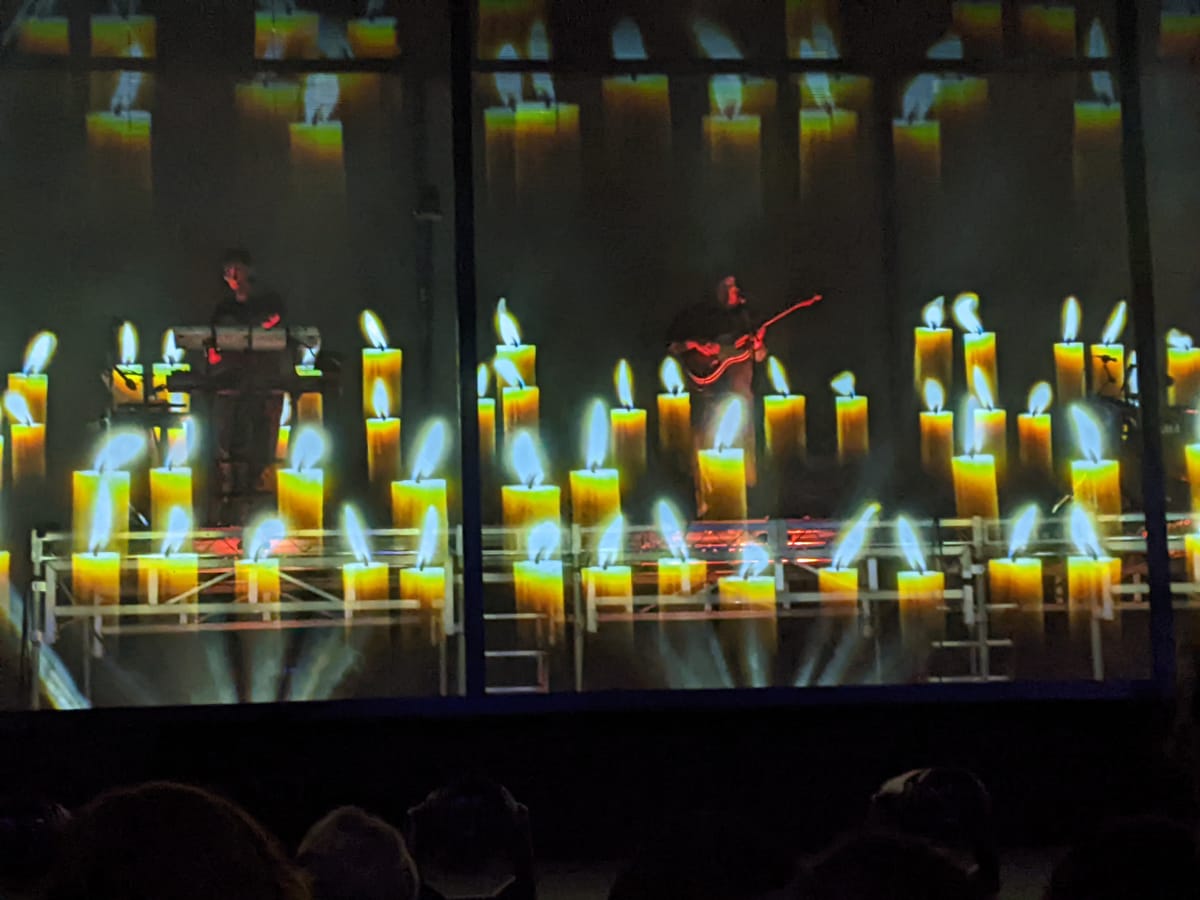
Alt-J is a Leeds band categorised as producing indie rock, but the further you read, the internet eventually concedes it’s probably folktronica – a meaningless genre until you listen to alt-J and think, “Oh, I get it now”. I’d imagine a folk concert to tug at your heart strings and make you cry-sing with hundreds others. At the other end of the spectrum, an electronic group might drive a crowd insane with just a beat drop. So where does a folktronica group like alt-J fall?
After the opening act, Wilderado (an indie folk band belonging to Tulsa, Oklahoma), the Leeds trio – Gus Unger-Hamilton, Joe Newman and Thom Sonny Green – mounted a platform on the stage. They didn’t run around, wave at the crowd – or move, for that matter. Gus stood on the left with a double keyboard, Joe in the centre with a guitar, and Thom on the right with his peculiar drum kit. Thom once actually explained his unique percussive setup in conversation with MusicRadar: bass drum, toms, and snares, then bongos, tambourine and a cowbell stuffed with newspaper to reduce the resonance, but no cymbals. When the three practiced playing during their university days, Thom got used to working without any cymbals because they simply didn’t fit in their small bedroom.
Before they began their setlist, a screen box descended over them upon which the image of a single, flickering candle was projected. It eventually found company with dozens more reflecting off the ceiling of the O2 as the band opened with the first track, ‘Bane’ on their new album, The Dream. It was spooky, unsettling, and exactly what I’d expect from this band. Joe’s soft distinctive voice sounds exactly as it did on the studio recording, because, as he says it, it’s just what’s most comfortable for his throat. As ever, he was complemented by backing vocals from Gus Unger-Hamilton, although having seen them live, I wouldn’t call them “backing”. Gus’ much deeper voice serves more as a foundation for their songs upon which Joe’s lead vocals meander, emerging especially true when they sang the a cappella ‘Interlude 1’.
What separated this concert from others I’ve been to would definitely be the ingenious visuals. The screen box projections were an incredible way of entirely changing the perception of the songs. The way you read a book and raise your eyebrows when you watch the movie based on it, the illusion of the band walking on the sun while singing ‘U&ME’ shifted what I imagine when I listen to it. ‘Something Good’ was accompanied by a visual of bubbles under water, looking like they were performing in a fish tank.
I couldn’t imagine it would be easy to perform folktronica live given the delicate balance of instruments and electronic elements, but I was blown away by how alt-J maintained every nuance in their songs – from the light clicks before the cultish vocalisations in ‘Bloodflood’, to the short half-breaths that intersperse with shakers in the beginning of ‘Deadcrush’. Alt-J are very aware of the fact that it’s these details that reel in their fans when listening to their music.
Having moved to London after 18 years in India starved of any concerts I’d actually want to attend (what can I say, I’m alternative like that), I can now say I’ve frequented the O2 far more than I’d planned to. I knew what I enjoyed about a concert: combining head nods with poorly-timed jumps, tipsily screaming vague interpretations of lyrics, gasping at a live guitar solo that I’d heard over my speakers a dozen times. I’m not surprised that alt-J completely threw that on its head, as it’s done with a lot of my understanding of electronic music.

